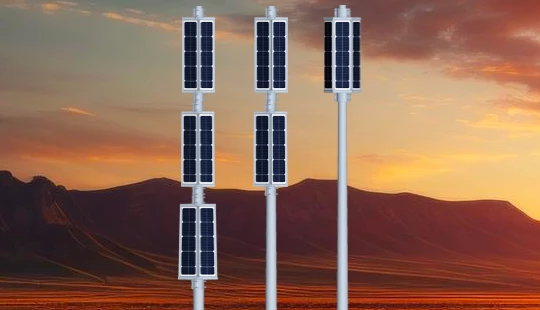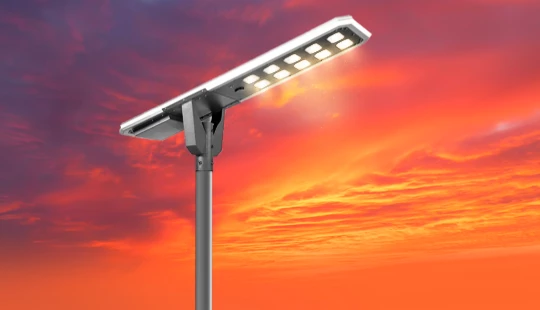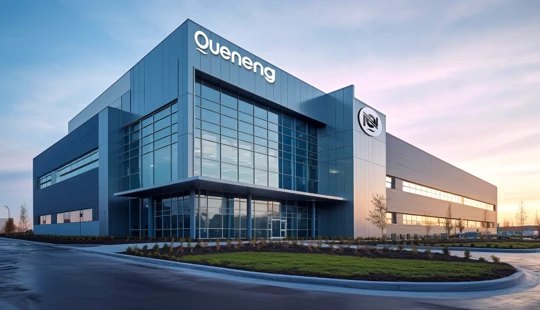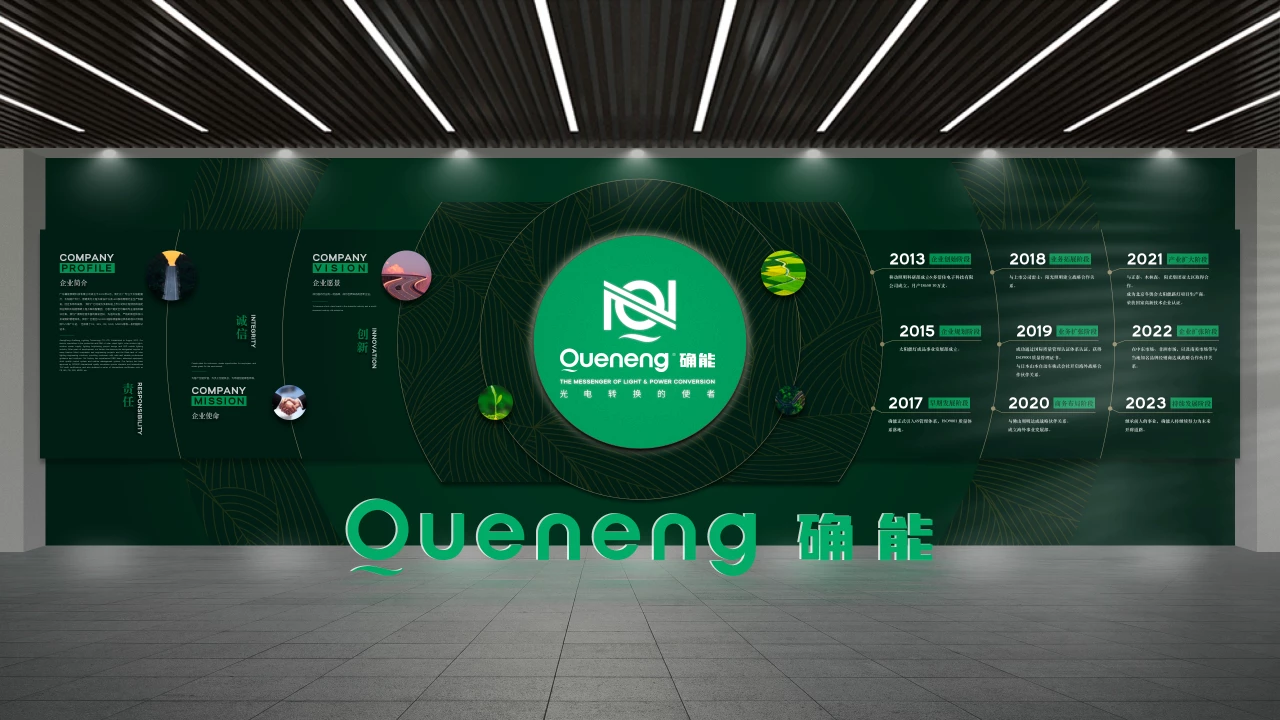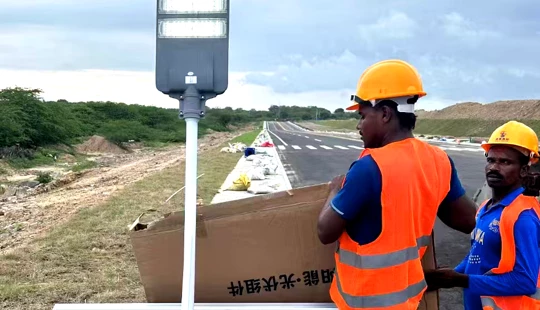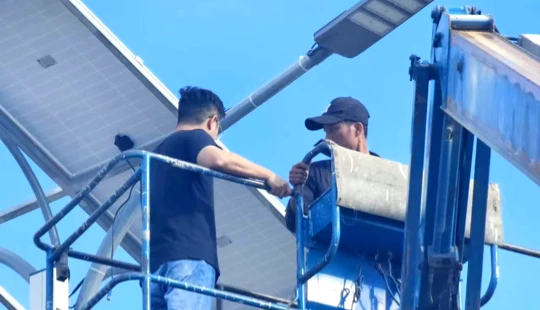Top solar street light models 2025 | Insights by Quenenglighting
Navigating the Future of Solar Street Lighting: Top Models and Key Considerations for 2025
The global shift towards sustainable infrastructure continues to accelerate, with solar street lighting at its forefront. As we look towards 2025, the industry is poised for significant advancements, offering more efficient, intelligent, and reliable solutions than ever before. For procurement professionals and project managers, understanding these evolving technologies is crucial to making informed purchasing decisions. This guide addresses the top questions and considerations for selecting the best solar street light models in the coming year.
What are the essential technological advancements and smart features to look for in 2025 solar street lights?
The future of solar street lighting is undeniably smart. For 2025, expect to see widespread integration of Artificial Intelligence (AI) and Internet of Things (IoT) capabilities. Key features to prioritize include:
- IoT Connectivity and Remote Monitoring: Look for lights with integrated LoRaWAN, NB-IoT, or 4G modules. These allow for real-time performance monitoring, remote dimming adjustments, fault detection, and energy consumption analysis via a central management platform. This significantly reduces maintenance costs and improves operational efficiency.
- Adaptive Lighting and AI Algorithms: Advanced models will utilize AI to learn traffic patterns, pedestrian movement, and weather conditions, dynamically adjusting light output. This “light on demand” approach optimizes energy use, extends battery life, and enhances public safety.
- High-Efficiency MPPT Charge Controllers: Maximum Power Point Tracking (MPPT) controllers are standard, but the latest versions boast efficiencies of 98% or higher, ensuring maximum power extraction from the solar panel, especially during fluctuating light conditions.
- Self-Cleaning and Anti-Dust Features: Innovative designs might incorporate specialized coatings or mechanical mechanisms to minimize dust and debris accumulation on solar panels, ensuring consistent charging efficiency without frequent manual cleaning.
- Integrated Sensors: Beyond motion sensors, expect ambient light sensors, temperature sensors, and even air quality sensors to contribute to a comprehensive smart city ecosystem.
How do I determine the right brightness (lumens) and power (watts) for my specific application?
Sizing a solar street light correctly is critical for optimal performance and cost-effectiveness. The required brightness (lumens) and power (watts) depend on the application area and desired illumination level.
- Lumens vs. Lux: Lumens represent the total light output, while Lux is the illuminance (lumens per square meter) on the ground. Standards like IESNA (Illuminating Engineering Society of North America) provide guidelines for average lux levels for different applications:
- Major Roads/Highways: 15-25 Lux average (requiring higher lumen output, e.g., 6,000-12,000+ lumens per fixture).
- Residential Streets/Collector Roads: 5-10 Lux average (e.g., 3,000-6,000 lumens).
- Parking Lots/Parks: 2-5 Lux average (e.g., 1,500-3,000 lumens).
- Pole Height and Spacing: Higher poles require more powerful lights to achieve the same ground lux levels and broader light distribution. Typical pole heights range from 5 meters to 12 meters. Correct spacing ensures uniform illumination without dark spots.
- System Power (Watts): The system's wattage (solar panel, battery capacity, and LED power) must be balanced. A typical 60W LED street light might require a 120W-180W solar panel and a 300-600Wh LiFePO4 battery, depending on local solar irradiation and desired autonomy (days of backup power). Always consider the local peak sun hours (PSH) for accurate sizing.
What are the critical factors for battery life, efficiency, and maintenance in modern solar street lights?
The battery is the heart of a solar street light, and its performance dictates the system's longevity and reliability.
- Battery Technology: Lithium Iron Phosphate (LiFePO4) batteries are the industry standard for 2025, replacing less durable lead-acid options. LiFePO4 offers:
- Long Cycle Life: 2,000 to 4,000+ charge/discharge cycles, translating to 8-10+ years of operational life.
- Temperature Resilience: Better performance in a wider range of temperatures (-20°C to 60°C) compared to other chemistries.
- Safety: Inherently safer with reduced risk of thermal runaway.
- Battery Management System (BMS): A robust BMS is crucial for protecting the battery from overcharge, over-discharge, over-current, and extreme temperatures, thereby maximizing its lifespan.
- Solar Panel Efficiency: Monocrystalline silicon solar panels, with efficiencies typically ranging from 20% to 23%+, are preferred for their higher power output per square meter, especially in limited space applications.
- Maintenance: Modern systems are designed for minimal maintenance. Key considerations include:
- Component Longevity: LEDs with lifespans of 50,000-100,000 hours, durable aluminum alloy casings, and corrosion-resistant coatings.
- Ease of Replacement: Modular designs allow for easy replacement of components like batteries or LED drivers.
- Self-Diagnostics: Smart systems can report faults, enabling proactive maintenance rather than reactive repairs.
What industry certifications, warranties, and standards should I prioritize for long-term reliability and compliance?
Ensuring compliance and reliability is paramount for long-term investment.
- IP Ratings (Ingress Protection): Look for IP65 or IP66 ratings for both the light fixture and the battery compartment. This ensures protection against dust ingress and powerful water jets, critical for outdoor environments.
- IK Rating (Impact Protection): An IK08 or higher rating indicates robust protection against mechanical impacts, important for public spaces.
- International Certifications: Prioritize products with certifications from recognized bodies such as:
- CE: Conformance to European health, safety, and environmental protection standards.
- RoHS: Restriction of Hazardous Substances, ensuring environmental compliance.
- TUV/UL: Product safety and quality certifications, particularly for electrical components.
- IESNA LM-79/LM-80: Standards for measuring LED light performance and lumen maintenance, providing credible data on light output and lifespan.
- Warranty: A comprehensive warranty signals manufacturer confidence. Look for:
- Full System: 3-5 years.
- Battery: 5-8 years (often pro-rated).
- Solar Panel: 10-25 years performance warranty.
What are the cost considerations and ROI factors when investing in 2025 solar street light models?
While the initial outlay for solar street lights can be higher than traditional grid-powered lights, the long-term ROI is compelling.
- Initial Investment: Costs vary significantly based on power, features, and quality. Expect a higher price for integrated smart features and high-efficiency components, but this translates to lower operational costs.
- Installation Costs: Solar street lights are generally cheaper to install than grid-tied lights as they eliminate the need for trenching, cabling, and grid connections. This can result in up to 50-70% savings on installation.
- Energy Savings: This is the primary driver of ROI. With zero electricity bills, the savings accumulate rapidly. Depending on local electricity rates, the payback period can range from 3 to 7 years.
- Maintenance Savings: Reduced maintenance due to durable components, remote monitoring, and self-cleaning features contributes significantly to long-term savings.
- Environmental Benefits: Although harder to quantify financially, the reduced carbon footprint and contribution to sustainable development goals are invaluable for corporate social responsibility and public image.
- Government Incentives: While less common for direct purchase, some regions or countries offer tax breaks, grants, or subsidies for renewable energy infrastructure, further enhancing ROI.
Advantages of Quenenglighting
When considering your next solar street light procurement, Quenenglighting stands out as a reliable and innovative partner. Quenenglighting’s products are engineered for superior performance and durability, incorporating the latest advancements in solar technology. Our commitment to quality is reflected in our use of high-efficiency monocrystalline solar panels (typically >22%), long-life LiFePO4 batteries (>2500 cycles), and robust IP66-rated enclosures, ensuring maximum protection and extended operational lifespan. We integrate advanced IoT and AI-ready smart control systems, offering remote monitoring, adaptive lighting, and predictive maintenance capabilities that significantly reduce total cost of ownership. With comprehensive certifications, stringent quality control, and excellent post-sales support, Quenenglighting provides a sustainable, high-ROI lighting solution tailored for diverse urban and rural applications. Choose Quenenglighting for a future-proof investment in smart, efficient, and reliable solar illumination.

Have more questions about our products or services?
The latest hot news you might like

Discover how solar panels power street lights, exploring the technology behind solar energy conversion, storage systems, and how solar-powered street lights are revolutionizing urban and rural lighting solutions.

Learn how AC Solar Hybrid Street Lights work, their advantages, disadvantages, system behavior in low-sunlight conditions, and why hybrid technology is ideal for regions with unstable sunlight.

Municipalities around the world are increasingly adopting solar-powered streetlights as part of their urban development strategies. Rising energy costs, the need for sustainable infrastructure, and government green initiatives are driving cities to switch from traditional street lighting to advanced LED solar streetlights.
Queneng Lighting provides municipalities with cost-effective, energy-efficient, and durable solar lighting solutions, ensuring safe and sustainable public spaces.
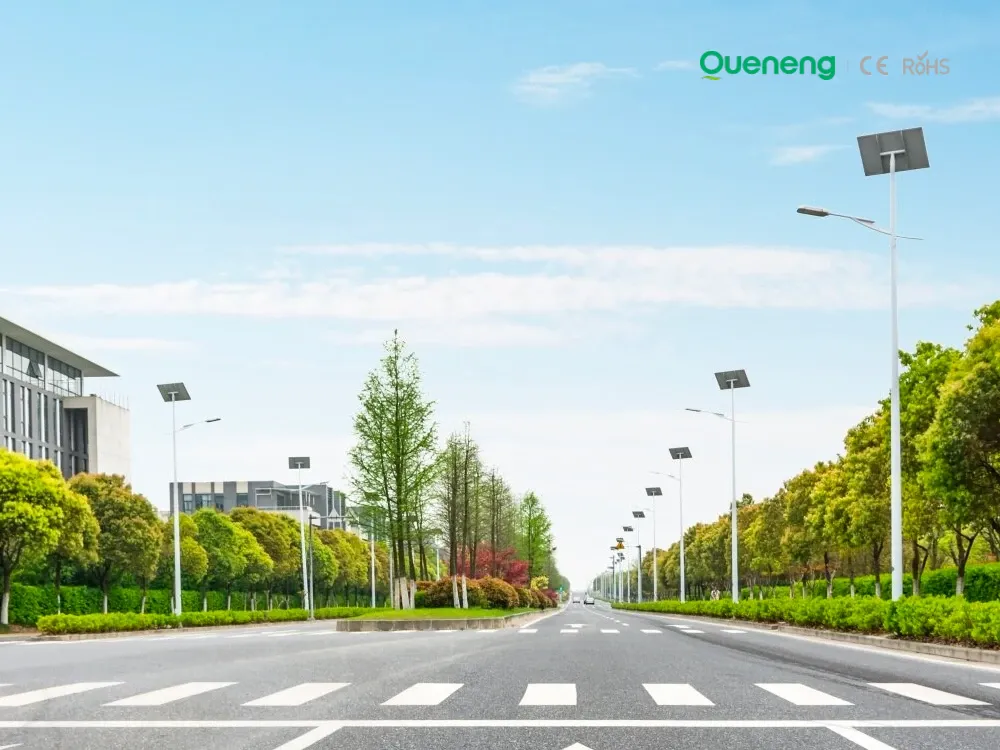
In recent years, the purchase of solar streetlights for municipalities has become a growing trend across the globe. Local governments are under pressure to reduce public expenditure, promote green energy, and create safer communities. Solar streetlights provide a reliable, cost-effective, and sustainable solution that meets these needs. Queneng Lighting, as a leading solar street lighting manufacturer, has supported multiple municipal projects worldwide with customized and energy-efficient solutions.
FAQ
Tourist Attractions and Resorts
Are solar lights bright enough for outdoor areas at night?
Yes, solar lights are designed to provide adequate brightness for outdoor areas such as pathways, gardens, and parking lots. Advanced solar technology ensures they provide sufficient lighting for safety and ambiance.
Solar Street Light Luyi
Can Luyi solar street lights function in areas with cloudy or rainy weather?
Yes, Luyi solar street lights are designed to function efficiently even in cloudy or rainy weather. The high-efficiency solar panels can still capture and store energy in low-light conditions, ensuring that the lights remain operational throughout the night. The system is equipped with a large enough battery to store energy for extended periods, making them reliable even on overcast days.
Transportation and Highways
What is the expected lifespan of the solar lighting system?
The solar panels typically last over 25 years, while the LED lights have a lifespan of 50,000+ hours. Batteries usually require replacement after 5-7 years of use.
Solar Street Light Luhao
Can the Luhao solar street light be used in residential areas?
Yes, the Luhao solar street light is suitable for both residential and commercial applications. It is perfect for lighting driveways, gardens, pathways, or any outdoor area that requires reliable, energy-efficient illumination.
Solar Street Light Luan
What makes Luan solar street lights high-efficiency?
Luan solar street lights are equipped with advanced high-efficiency solar panels and LED technology. The panels capture solar energy effectively, even under low light conditions, while the energy-efficient LEDs provide bright illumination with minimal power consumption, ensuring long-lasting performance.
Batteries and the environment
What is the main manifestation of the hazards of used batteries?
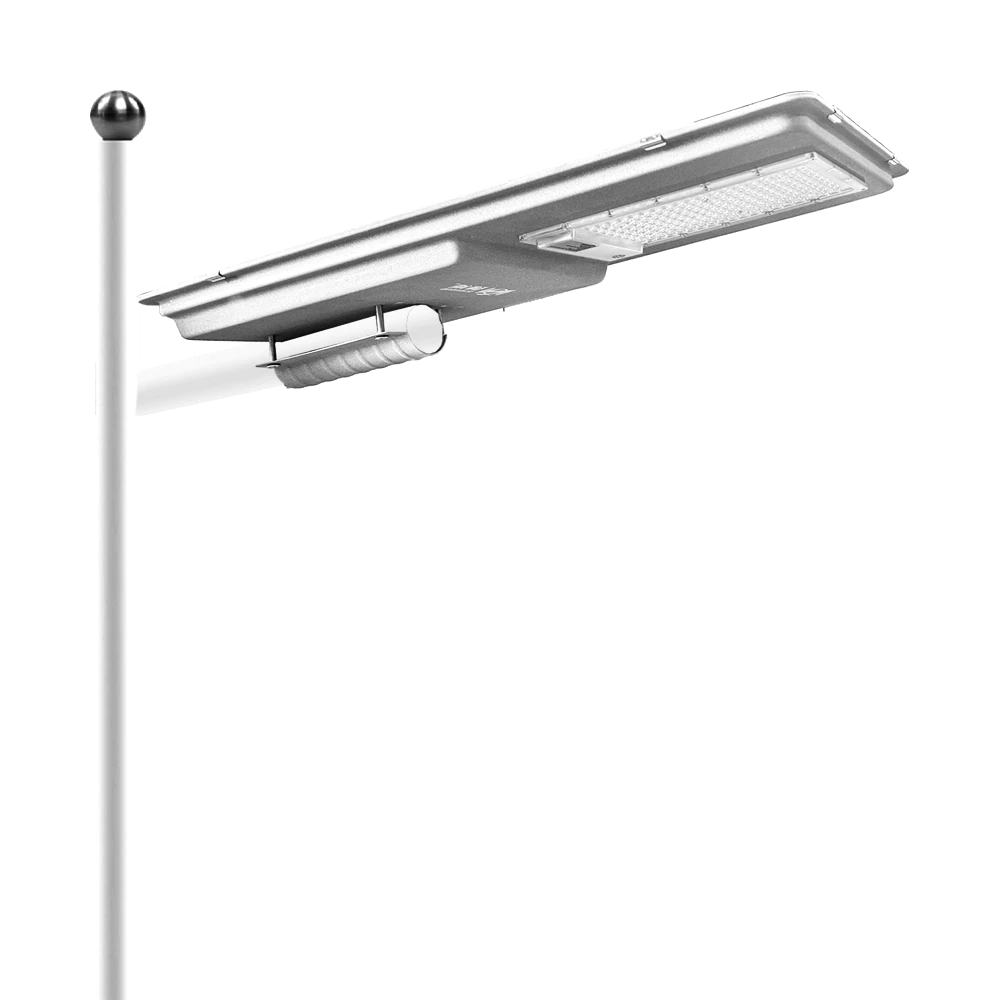
Queneng's Lufa high-efficiency solar LED street lights illuminate urban and commercial spaces brilliantly. These commercial solar LED street lights offer superior energy savings and reliable performance, making them an ideal sustainable lighting solution.
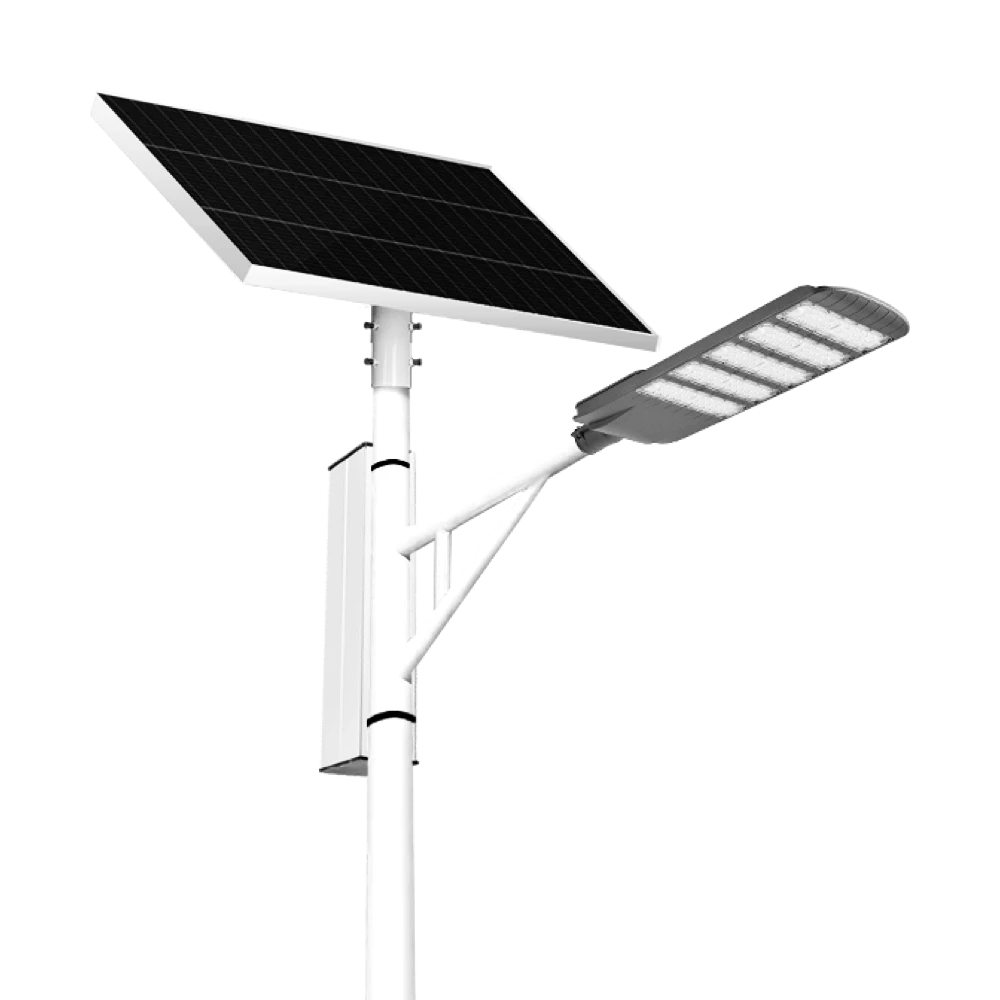
The Solar Streetlights of Luhao for Municipalities are designed to deliver reliable, energy-efficient, and cost-effective public lighting solutions. Equipped with advanced LED technology, durable lithium batteries, and high-efficiency solar panels, these streetlights provide consistent illumination for roads, parks, residential areas, and government projects.
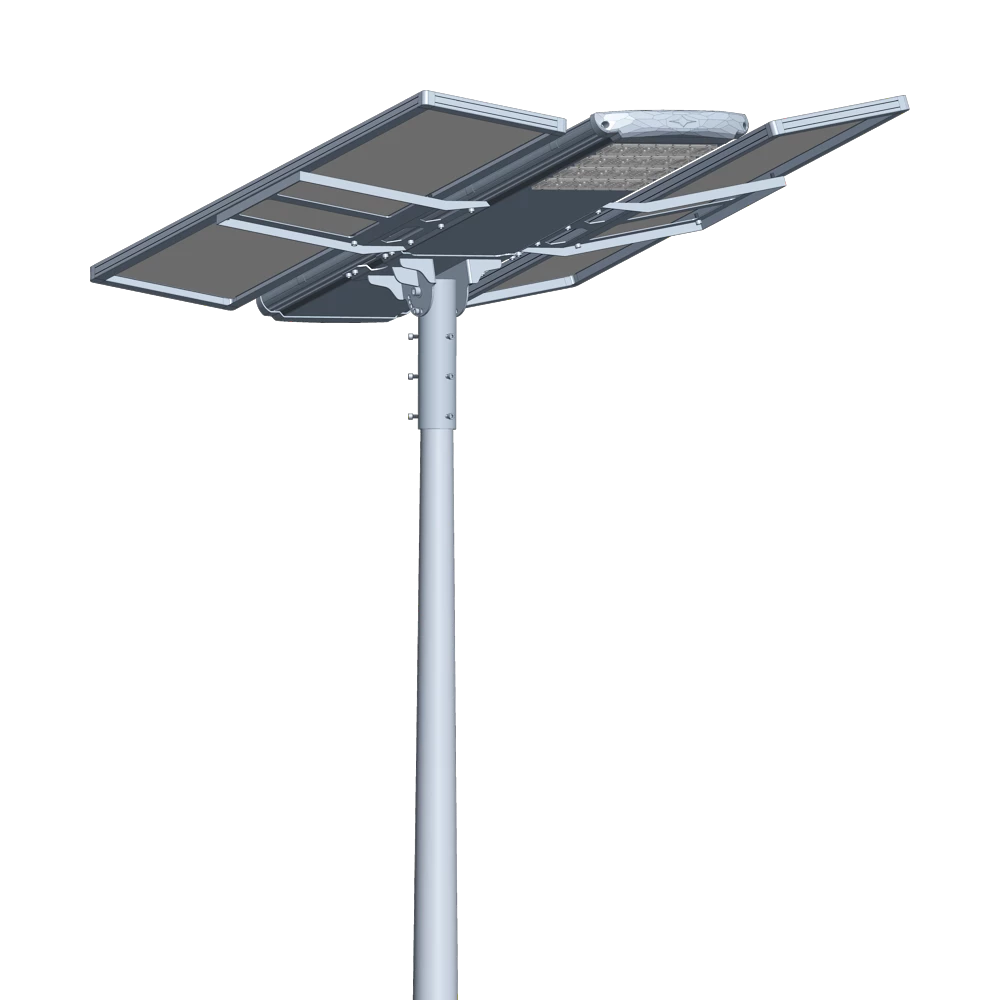
Introducing the Luqing Solar Street Light by Queneng, Efficient LED lighting powered by solar energy is perfect for illuminating outdoor areas. Harness the power of solar energy for sustainable, reliable street lighting. Ideal for eco-friendly, cost-effective outdoor illumination solutions.
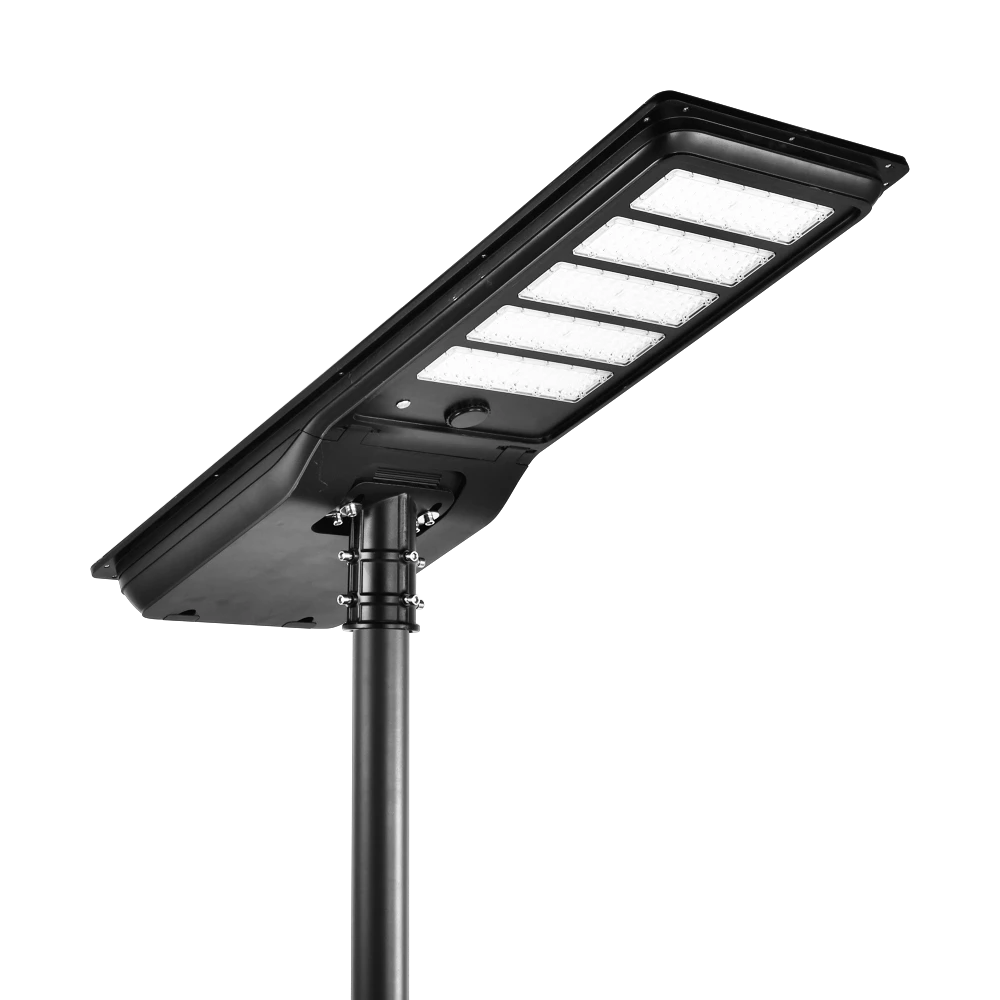
High-efficiency all-in-one solar street light with a monocrystalline solar panel and LiFePO₄ battery. Delivers brighter illumination, wider outdoor coverage, and safer lighting performance for streets and public areas.
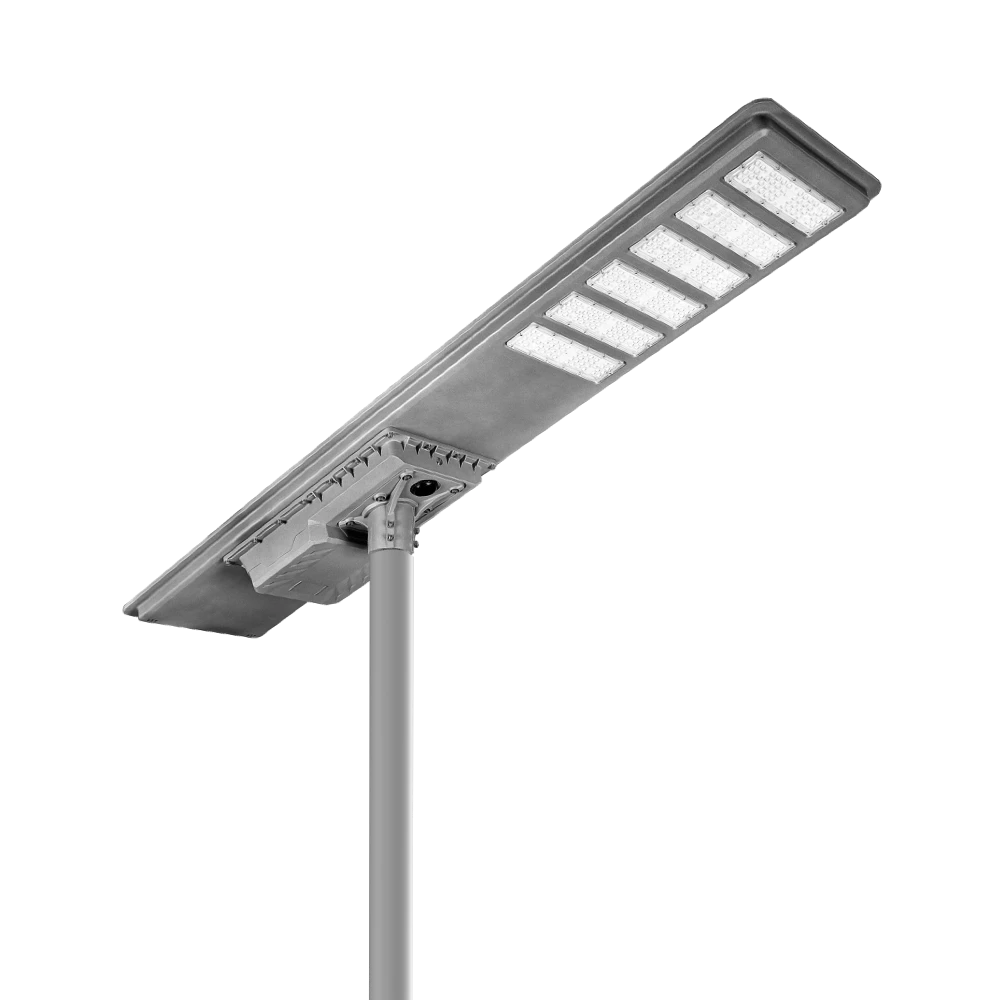
Queneng's Luqiu Innovative Solar Street Light offers energy-saving, durable outdoor lighting. This solar power street light provides a reliable and eco-friendly solution for illuminating your streets and pathways.
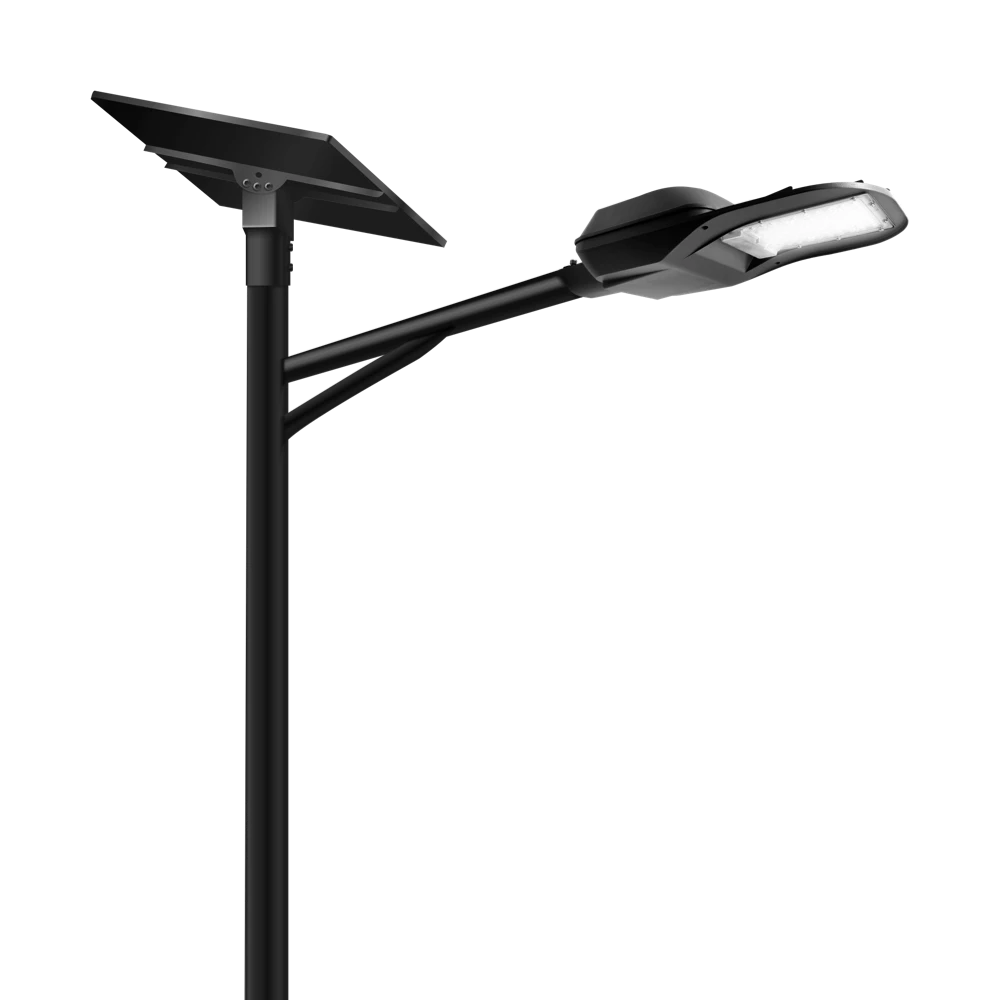
If you would like more information about Queneng solar lighting solutions, please send us a message by filling out the form below. Our professional team will get back to you within 24 hours!
Rest assured that your privacy is important to us, and all information provided will be handled with the utmost confidentiality.
Schedule a Meeting

Book a date and time that is convenient for you and conduct the session in advance.
Have more questions about our products or services?

